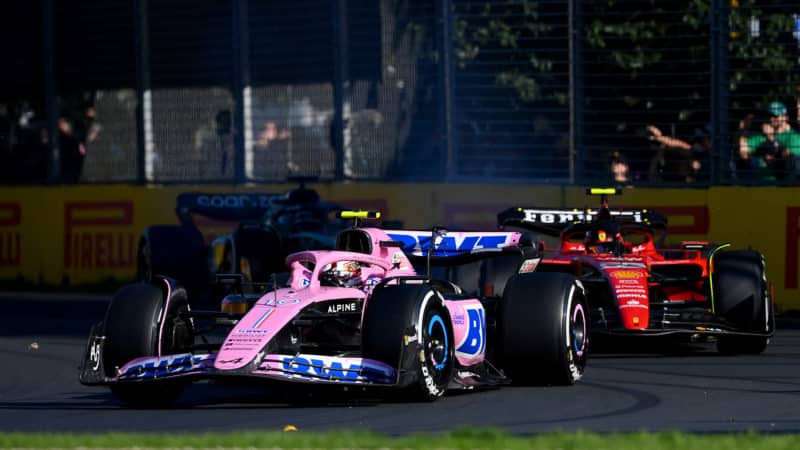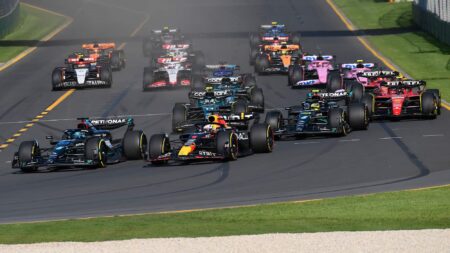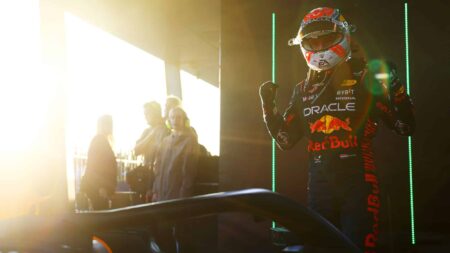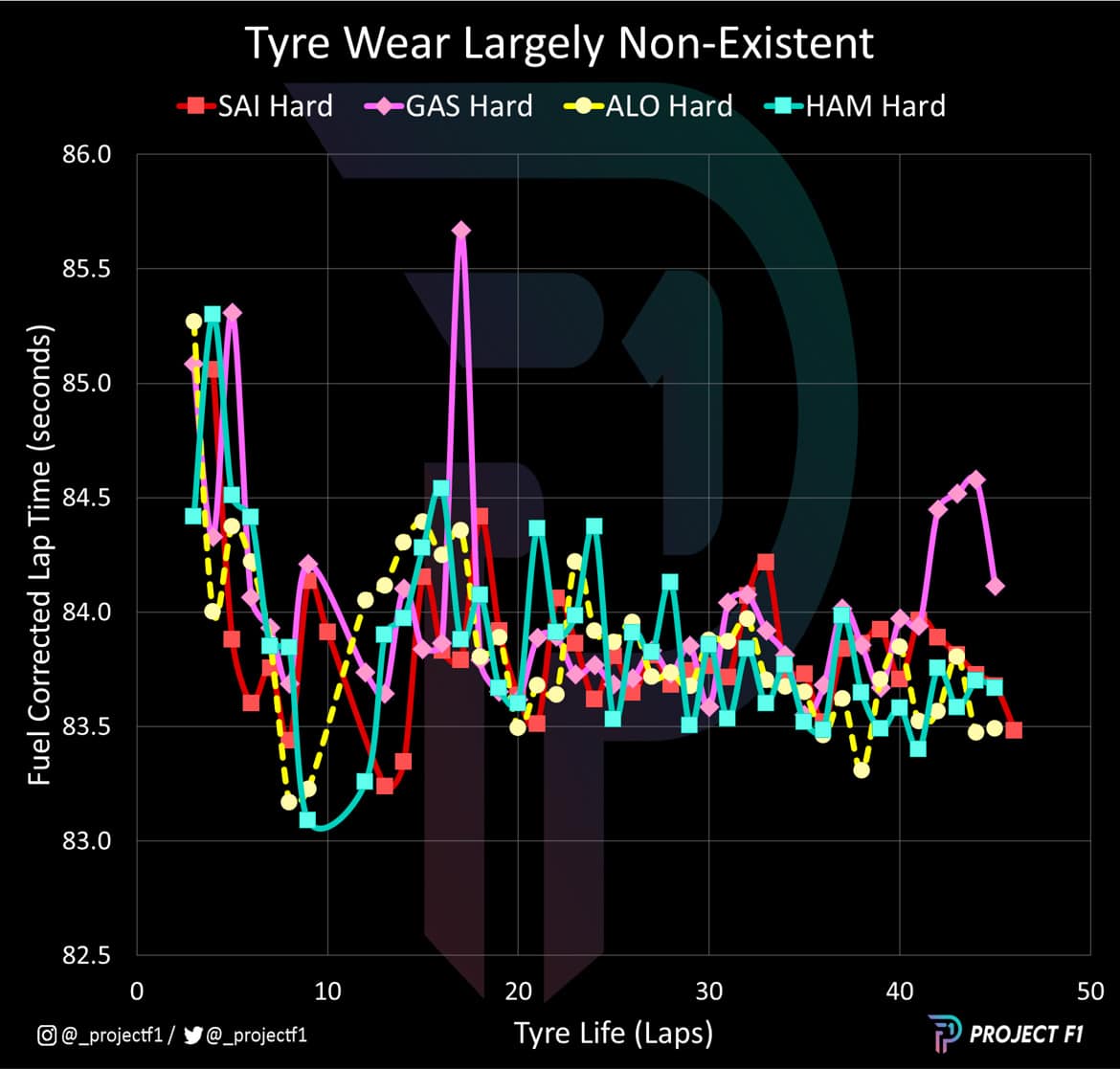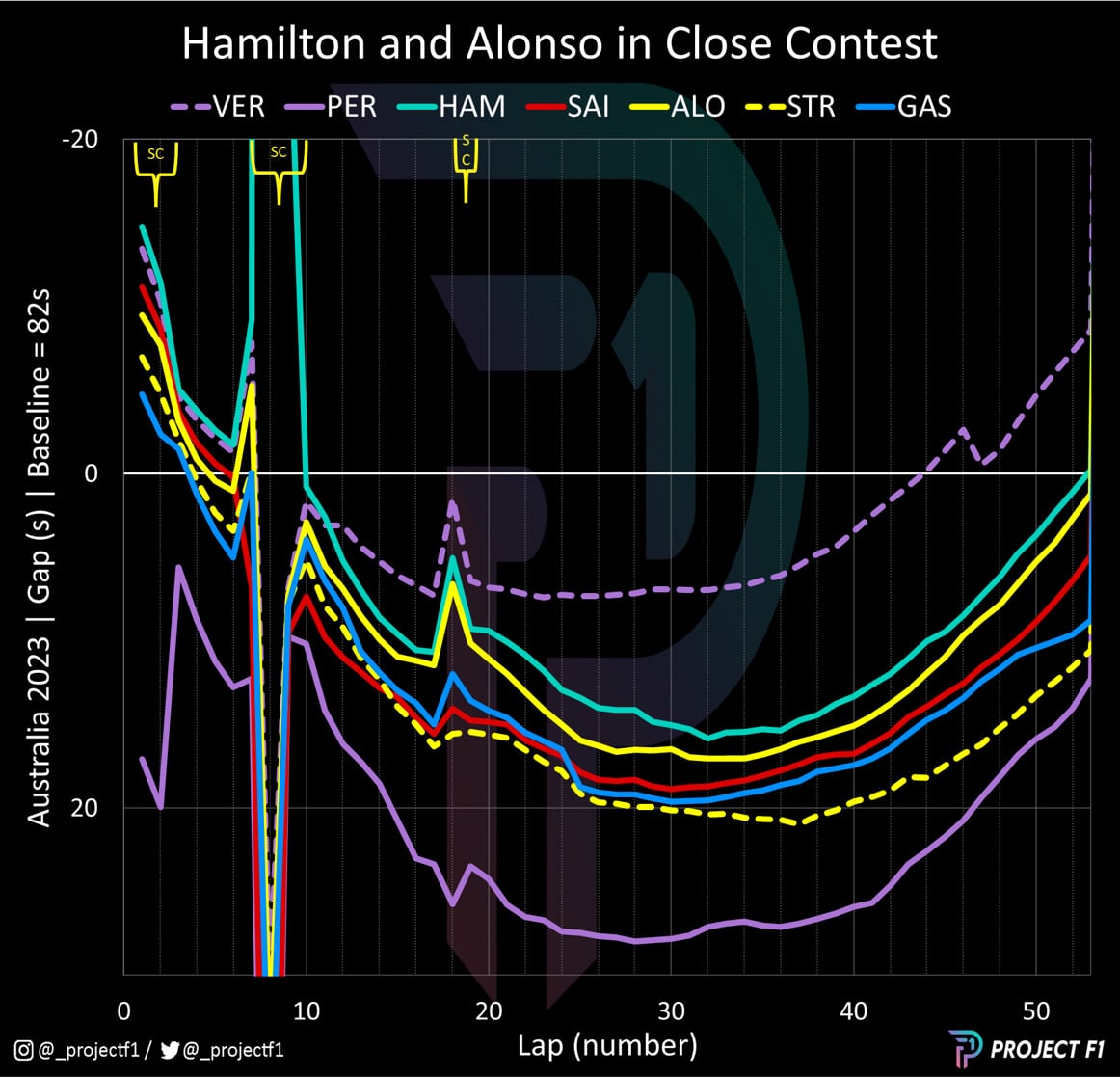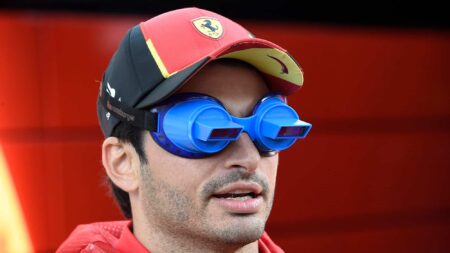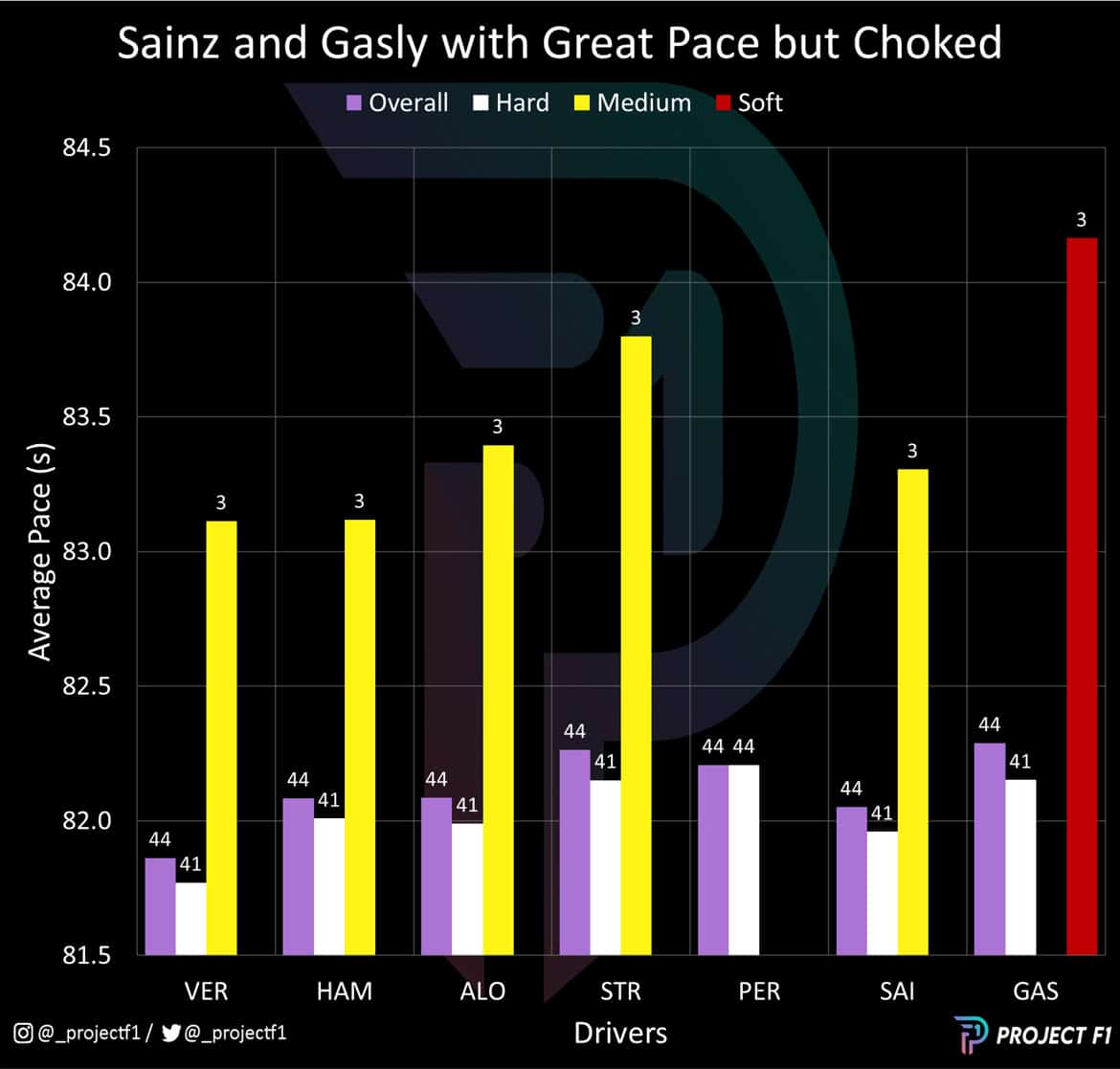Alpine finds itself in a similar situation. Bahrain saw Pierre Gasly start from the back and Esteban Ocon slide back there after a series of bizarre penalties. Gasly’s ninth-place finish hinted at the Alpine’s pace, but there was little chance to show it in Saudi Arabia when the team — like Ferrari — lost ground due to the safety car.
It left Mercedes third in the championship despite less-than-enthusiastic feedback from its drivers. And with the car running at its preferred low height on the smooth Albert Park asphalt — as detailed by Mark Hughes — the podium suddenly looked within reach.
Aston Martin may have been outqualified by Mercedes in Melbourne, but the team has shown formidable race pace, delivering Alonso to the podium in Bahrain and Saudi Arabia. Despite Lance Stroll’s misfortune, it’s meant that the Silverstone team is Red Bull’s closest challenger, with a hefty upgrade programme to narrow the gap.
Practice sessions were cold, wet, windy or hot — something for everyone except the engineers
The sense that Albert Park might deliver the unpredictable was there from the start. Practice sessions were at times cold, wet, windy or hot — something for everyone except the engineers that were looking for representative data to correlate to qualifying or race conditions.
With little understanding of the optimal set-up, qualifying saw a scintillating Q3 where the top 10 were spread by just over a second. The pole position result may not have been a surprise, but the performance of Mercedes was. Aston Martin finished third fastest with the sense of some disappointment. But nothing compared to Ferrari’s frustration at lining up fifth and seventh.
And so the grid was set.
Safety car-skewed strategies
Chart 1 Summary of recommended and deployed tyre strategies
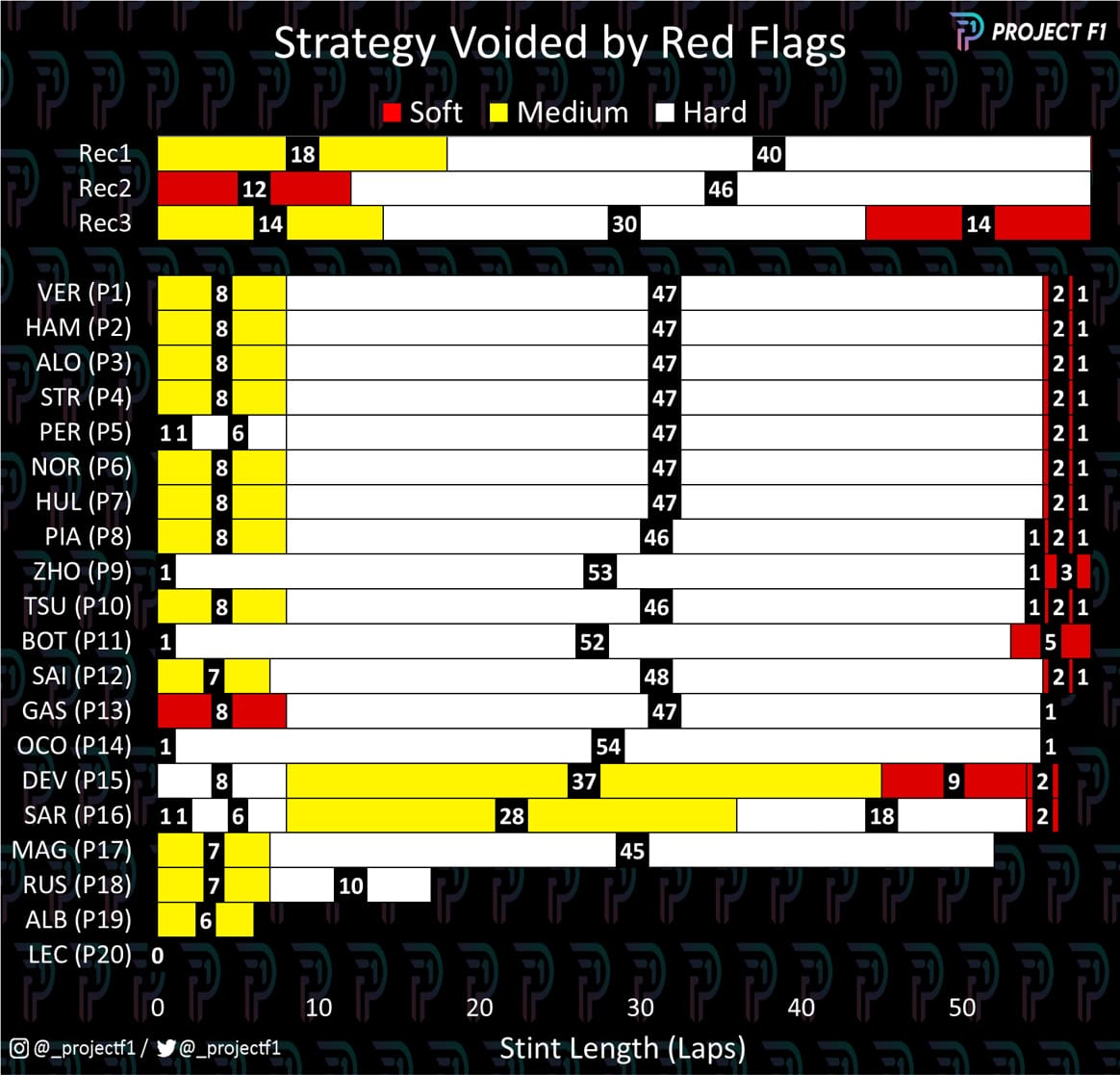
It was lights out and away go the Mercedes: Russell leapt ahead of Verstappen off the line and then Hamilton pulled off an opportune overtake on the Dutchman, who was driving like a man with a championship to lose.
This was unlike Leclerc who, once again, was driving his Ferrari to overcome whatever deficit seemed to be the flavour of the month. In this case it was a poor qualifying result off the back of poor team co-ordination to get optimal tyre warm up. But there was no time to recover: he was tapped into a spin that beached him in the gravel.
